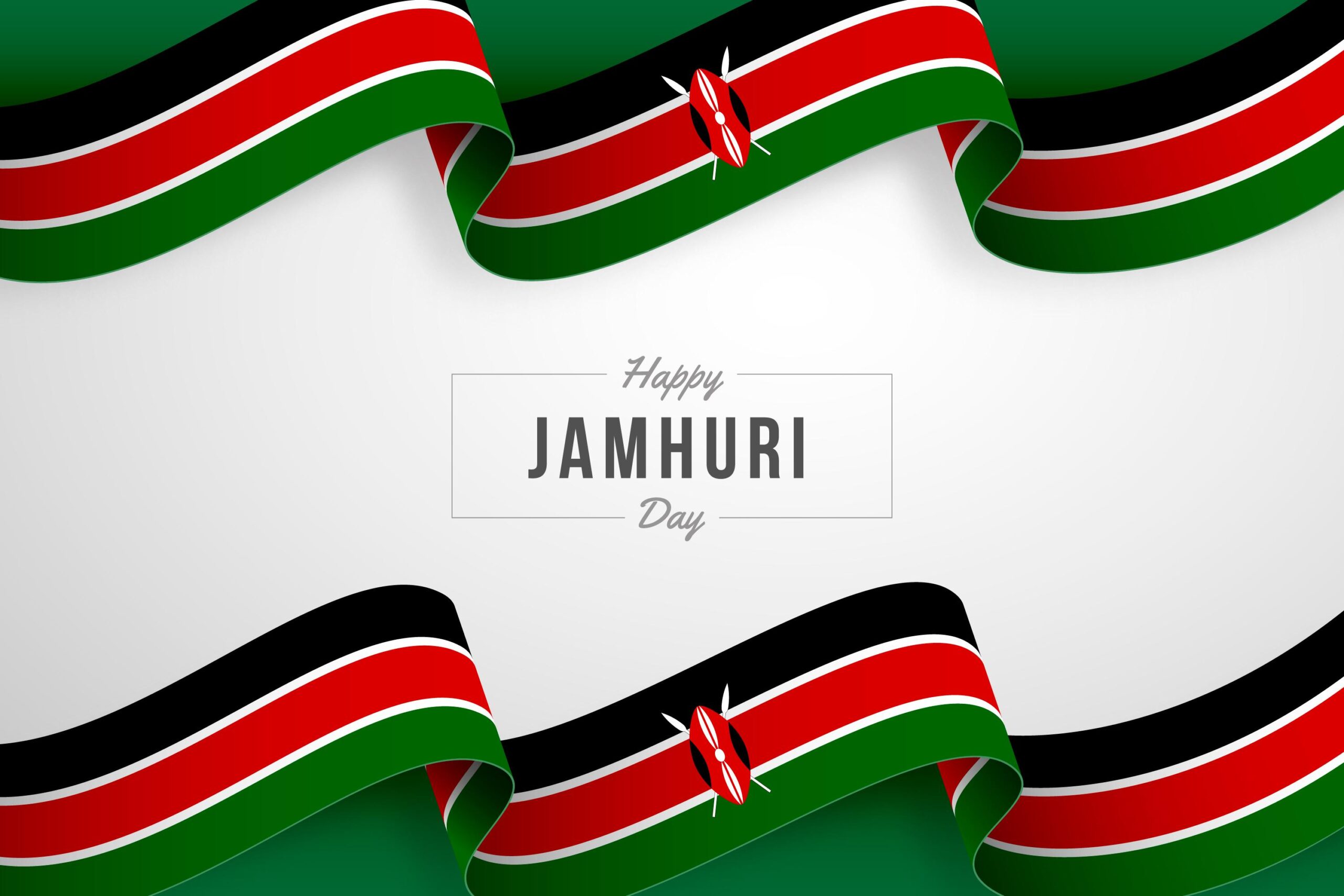What to consider when starting a kitchen garden
Starting a vegetable garden at home is an easy way of not only saving money but also gives you the pleasure of enjoying delicious fresh products from the garden. Growing
Starting a vegetable garden at home is an easy way of not only saving money but also gives you the pleasure of enjoying delicious fresh products from the garden. Growing a few of your vegetables can help offset the relatively high cost of buying them from the mama mboga vibandas or supermarket. They also are a source of fresh air in the surrounding and provide a fun leisure activity to engage in.
Having a kitchen garden favors everyone, whether they have a big compound or not. For those living in estates where there’s barely any space, all you need are pots, broken buckets and old sufurias which must have drainage holes. The key thing in successfully having a good kitchen garden is to understand the plant’s requirements and making sure you give them what they need. Sunlight and water are the most important. Therefore if you don’t have enough space you can place them at your balcony.
For people with their own compound, it is more advantageous because they can plant a variety of vegetables. It’s important have a plan on what you want to plant and what your family needs.
However before starting a garden at home, you must have an idea of what kind of garden you want. Here are the basic approaches to planning a kitchen garden.
Size and Time
Knowing how much time you have to tend to your garden will help you determine the size of a garden. If you are busy you should opt for plants that are less time consuming and do not require a lot of care. They include kales, spinach, onions, coriander etc. If you have time and space you can opt for melons, garlic, ginger, beans, peas etc.
Cost
The larger the garden the higher the cost it will incur in terms of management. Labor cost is also considered i.e. whether you need some help. In addition to that, one should also consider the cost of seedlings, pesticides and fertiliser.
Location
Your garden layout should be plant friendly. Good location help them grow therefore lay your garden next to a fence, trellis or a wall. Vining plants if left to sprawl, will take up space in the garden. it is therefore best to plant these next to the walls and fences where they can crawl up.
Peas and beans naturally reach for the sky and if the garden has a wire mesh they twine around tripod of holes.Tomatoes produce more fruits and ripen earlier if kept of the ground on a trellis or wire cage. Cucumbers climb a nylon net fence giving them a bonus result of growing straight and are easy to pick.
Raise your ground
If you plant your vegetables on a raised ground, there are possibilities that you will have fewer pests like snails and slugs. They also keep weeds from your garden, prevent water from running off and help in soil compaction.
Succession planting
Keep the garden in continuous production. Whenever one crop is harvested, have seedlings ready to transplant in its place. For good results use plants are are quick to mature so that you can fit several crops in one season.
Intercropping
Intercropping is simply planting two or more plants together to save time. This conserves moisture and eliminates the need to mulch and weed. To avoid root competition, pair shallow rooted crops with deep rooted ones. Heavy feeding crops should be planted closer to light feeding crops to avoid competition for nutrients.
Remember that every garden wants to tell a story and be useful. A garden requires patient labour and attention to achieve these.




